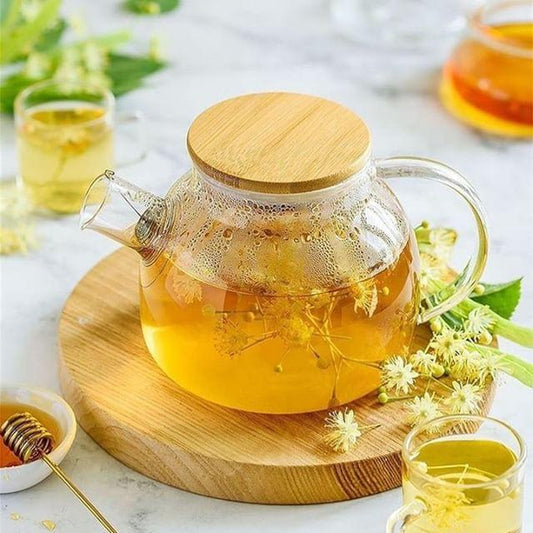Tea Traditions: Exploring Global Tea Cultures and Pairings
Tea is more than just a drink; it is a ritual, a social connector, and a cultural symbol worldwide. From the intricate ceremonies of Japan to the communal gatherings of Morocco, tea has woven itself into the fabric of human traditions. Let’s explore some of the most fascinating tea cultures around the globe and discover how they pair their teas with food.
Japan: The Art of Matcha
The Japanese tea ceremony, or chanoyu, centers around the preparation and presentation of matcha, a powdered green tea. This ritual emphasizes harmony, respect, purity, and tranquility. Matcha pairs beautifully with traditional sweets called wagashi, which balance its earthy bitterness with a touch of sweetness.
China: The Birthplace of Tea
China’s tea culture dates back thousands of years and includes a variety of teas such as green, black, oolong, and pu-erh. The Gongfu tea ceremony is a precise and elegant way to prepare oolong tea. Popular pairings include dim sum, mooncakes, and light pastries, complementing the nuanced flavors of the tea.
India: Chai and Spice
India’s contribution to global tea culture is the robust and aromatic masala chai. Made with black tea, milk, sugar, and spices like cardamom, cinnamon, and ginger, chai is a staple of Indian hospitality. It’s often paired with savory snacks such as samosas, pakoras, or biscuits.
Morocco: Sweet and Minty
In Morocco, tea is a symbol of friendship and hospitality. Moroccan mint tea, made with green tea, fresh mint leaves, and plenty of sugar, is served in ornate glasses. It’s often accompanied by nuts, dried fruits, or traditional pastries like gazelle horns.
United Kingdom: Afternoon Tea Elegance
The British afternoon tea tradition is synonymous with refinement. Black teas such as Earl Grey and Darjeeling are served alongside scones, clotted cream, jam, and finger sandwiches. The balance of sweet and savory makes it a quintessentially British experience.
Turkey: A Bold Brew
Turkish tea, or çay, is a strong black tea served in small tulip-shaped glasses without milk. It is a daily ritual, enjoyed with sugar cubes and often paired with savory foods like börek (filled pastries) or sweet treats like baklava.
South Africa: Rooibos and Relaxation
South Africa’s rooibos tea, derived from the red bush plant, is naturally caffeine-free and has a mild, slightly sweet flavor. Rooibos pairs well with fresh fruits, light desserts, and traditional snacks like rusks (hard biscuits for dipping).
Russia: Samovar Traditions
Russian tea culture revolves around the samovar, a traditional tea urn. Black tea is often enjoyed with a spoonful of jam instead of sugar, and it pairs wonderfully with dark bread, smoked fish, or blinis with caviar.
Argentina: The Social Circle of Mate
While not technically tea, yerba mate is an iconic South American infusion enjoyed communally. Sipped through a metal straw called a bombilla, mate pairs well with sweet pastries or savory snacks like empanadas.
Global Pairings: Tea and Food Harmony
The key to pairing tea with food lies in balancing flavors. Light teas like green or white pair well with delicate dishes like salads and seafood. Bold teas like black or oolong complement richer foods, while herbal teas can highlight desserts or act as palate cleansers.
Conclusion
From Asia to Africa, Europe to South America, tea unites people through its rich traditions and comforting presence. By exploring these global tea cultures, you can deepen your appreciation for this timeless beverage and experiment with pairings to elevate your tea experience.
Share:





